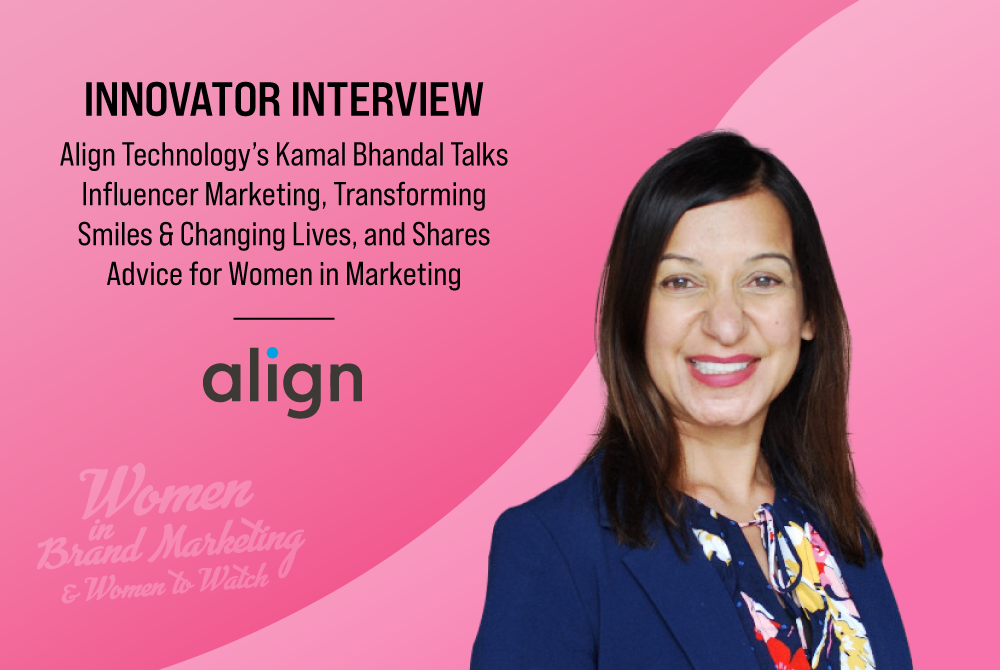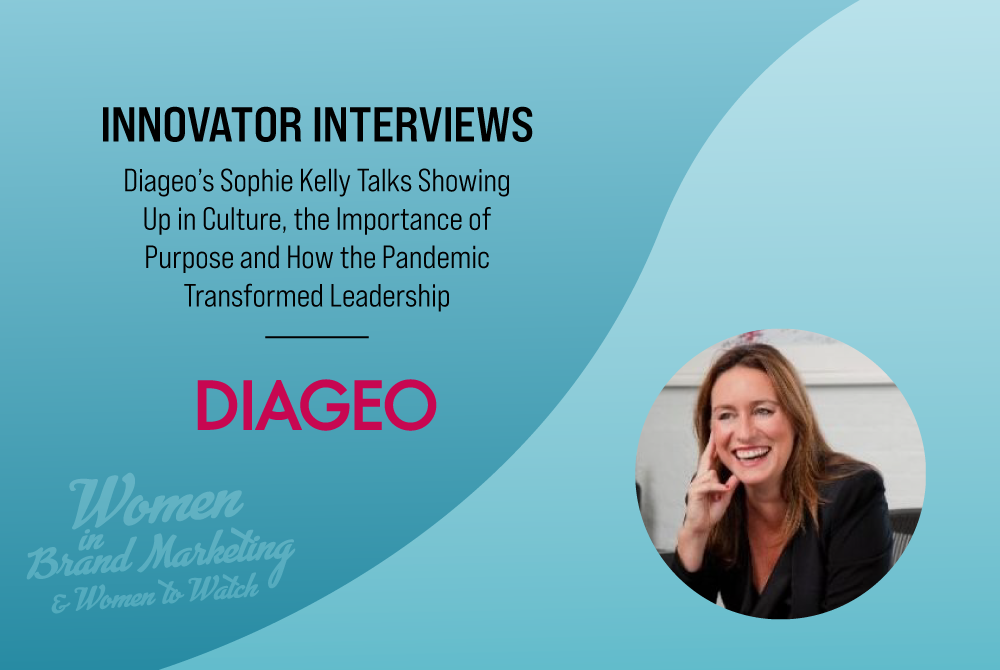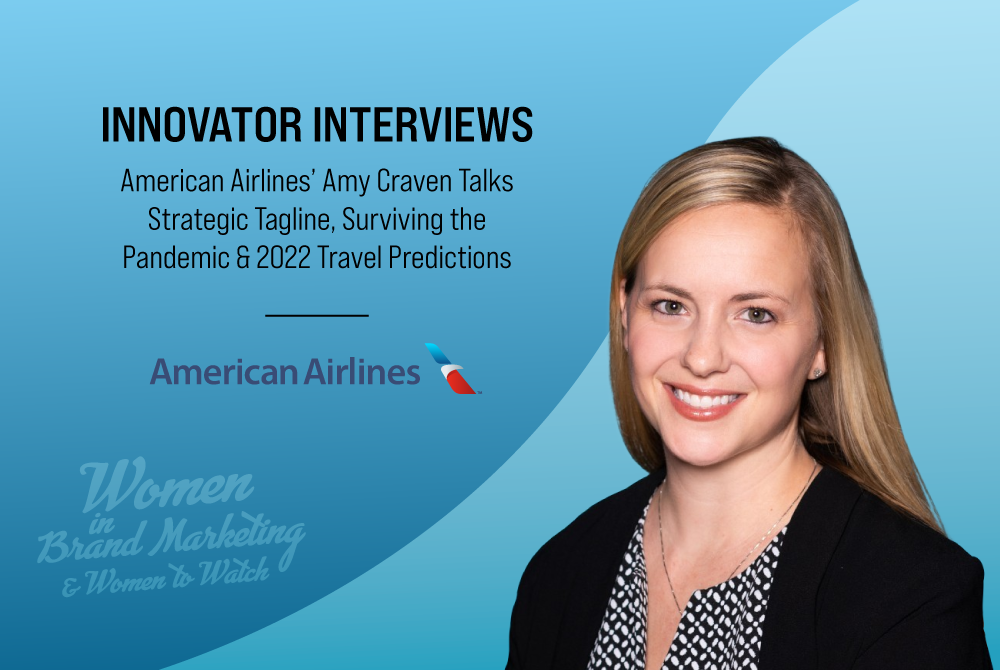EA SPORTS has seen tremendous growth over the past year and Andrea Hopelain, senior vice president of brand, does not expect that momentum to stop anytime soon. In fact, last year, the brand counted more than 230 million players and wants to hit 500 million in the coming years. The global shutdowns helped accelerate this already growing category. Offering a new space when the world of sports shut down, sports fans tapped into this new opportunity.
“As live games and events were canceled, our games have really become a vehicle for sports consumption and it has really broadened the engagement of sports fans who are coming for a game to connect and participate,” says Hopelain. “We had a really exceptional year with our biggest launch year yet. We had unprecedented success with our FIFA launch, we’ve seen Madden NFL engagement grow week over week, and we had one of the top racing games of the year with FI 2021.”
EA SPORTS – which includes Madden NFL 22, FIFA 22, NHL 22 among its robust line of games– ranked No. 4 for most culturally relevant brand according to a recent global study by creative sports agency Ear to the Ground, behind only Nike, Adidas and Jordan.
“I am really proud of our position on that list,” says Hopelain. “We were 9th last year. I am really excited about the future of sports. The future of sports is interactive and EA SPORTS is well-positioned in the industry today. EA SPORTS has become sports and leading not just with the amazing products and experiences we are building but leading with our values and meeting our fans where they are.”
Embracing athlete and consumer values is a key motivator for the brand. During Ramadan, the brand ran a campaign with a team called the Midnight Ramadan League. “This was a piece of creative centered around FIFA and the world of global football but tapped into a group of really passionate footballers, who observed Ramadan and would have to wait until after dark and after the break in the fast to be able to participate in sport,” explains Hopelain. “We followed their journey during Ramadan on how their values were still held very true but they still were able to exhibit and participate through the love of sport with one another. That was a really powerful piece of creative that really showed our audiences how we are focused on serving the diverse communities that love sport around the world.”
Brand Innovators caught up with Hopelain from her home in the San Francisco Bay Area to discuss EA SPORTS growth, the shift from linear to interactive entertainment and working as a female leader in male dominated industries. This interview has been edited for length and clarity.
The sports video game industry has grown significantly over the last few years. What kinds of experiences are consumers looking for and how is EA SPORTS building these experiences?
It has been a massive year for EA SPORTS. We have had over 230 million players engage with our games over the last year or so and we are on trend and have great ambition to hit 500 million fans in the next couple of years. We have had tremendous growth and we see great growth coming ahead. That growth has really been driven by some very important trends, some of which have been blooming for some time but the pandemic has definitely helped accelerate some of those trends for us.
Those trends are that we have really started to see the shift in consumer consumption of entertainment from linear entertainment into interactive. So participation has grown and wanting to participate is increasing.
The second trend is that we have seen social connections shift from physical engagement with one another to digital socialization. What has been most powerful about that is that we are seeing the digital space has really opened up avenues for like-minded people. So where so much of our connections in the past are about who is around us and our communities, now the digital space has opened up channels and sports fans in particular to connect with like-minded fans that share the same love of athletes, teams and clubs with them.
Those trends over the years from linear to interactive and physical to digital connections have allowed us to really thrive in the sports space as the world has continued to evolve to this new way of working and living.
How is the company approaching NFTs and how do you expect this to evolve?
Fandom is really continuing to evolve. We are seeing many adjacent spaces in the sports category with things like NFTs, which are really just a new digital form of collectibles, fantasy, wagering, watching highlights, all of these things that are really adjacent in engagement territories for sports fans. At EA SPORTS we are very focused on continuing to serve the fans and we spend a lot of time with our players and our fans really trying to understand their motivations and the things that are really lighting them up in the spaces. I do believe we are uniquely positioned to win in some of these spaces. We are going to continue to be focused on meeting our fans where they are, with adjacent experiences that extend from the interactive play that we already deliver.
Can you talk about EA SPORTS’ brand pillars and how these foundations shape your approach to marketing?
Our mission at EA SPORTS has always been to grow the love of sports. And as we think about that, that comes through a lot of different vectors. It comes through play. And for us play and competition are really intrinsically tied because so much of sport is around competition and whether that is playful, friendly, or head-to-head competition. Play and compete continues to be at the foundation of how we grow the love of sport.
Other pillars we’re focused on are how we allow fans to connect with one another, to participate, to create and to watch.
The other thing that has become an important growth driver for us, is as fandom is evolving, we are seeing sports fans care as much about the athlete as the team. Sports fans, particularly Gen Z sports fans, are following athletes versus teams. I grew up following the Denver Broncos and watching a Broncos game with my Dad. Today, the next generation is following the athlete. And that athlete is not just about the stats that they show up with on the pitch or the octagon or on the gridiron, it is really about their values. So for us at EA SPORTS, our proximity to athletes and their values and how we show up and market and talk about values is important to the motivations of our fans.
Prior to EA, you spent years at Hasbro, Disney, ESPN, and Sony. Can you talk about how these experiences have shaped your current role and how your resume in entertainment is key to this experience?
I have been very fortunate to work and grow my career with companies that center their entire being around creativity, innovation, fandom, brands that make real emotional connections with their audiences. Being able to connect with fans, being able to tell stories, being able to talk to passionate consumers has been one of the most thrilling parts of my career. The thing that keeps me coming back to work every day is serving the fans through the characters, the stories, the worlds, the teams and the competition that they enjoy.
As a leader on our Women to Watch list, what advice would you give to other women trying to succeed in marketing?
It is an honor to be on that list and to sit next to some amazing women that I have met in the community. I take my role very seriously in helping to cultivate the careers of women in leadership. I happen to have spent the bulk of my career in heavily male dominated industries whether it was time early on at ESPN or here at EA SPORTS in gaming. I know that my role as a female leader here is significant. I take a lot of pride in mentoring the next generation of female leaders. I also encourage women to seek out other mentorship opportunities, not just with me, but with other leaders who they see characteristics and traits in that they want to emulate and really building that network of mentors that can teach and guide. I really believe we need to continue to include female voices in all of what we do in particular in a male dominated industry. It is really important that we show up as women for our female players and audiences.
What predictions do you have for 2022?
I expect the video game space to see an acceleration of those trends that I mentioned at the top. Content consumption really shifting from linear to interactive and connection moving more digitally. If you combine that into some of the adjacent territories, I think that our players and our fans are going to lead us on exciting new paths with their different set of motivations.
On a more human level as I think about my team and the teams that I get to lead every single day, the last two years have been a really wild ride in how to drive culture, in how to drive creativity, in how to support our most talented assets, which are our teams. We have learned a lot about each other at home, we have met each other’s families at home. They have all made special guest appearances. I do think that as leaders, it requires that we show up in 2022 as many of us return to work in the office with a different level of empathy with a different level of understanding of the humans we have gotten to know over the last two years, not just the employees.
As a creative company that thrives on the kinetic energy of being together, we are still working on how to replicate that energy and that has probably been one of the hardest parts for us. We will go back to the offices, we are planning to return in a hybrid environment in the future as we return to the office when it is safe to do so.




